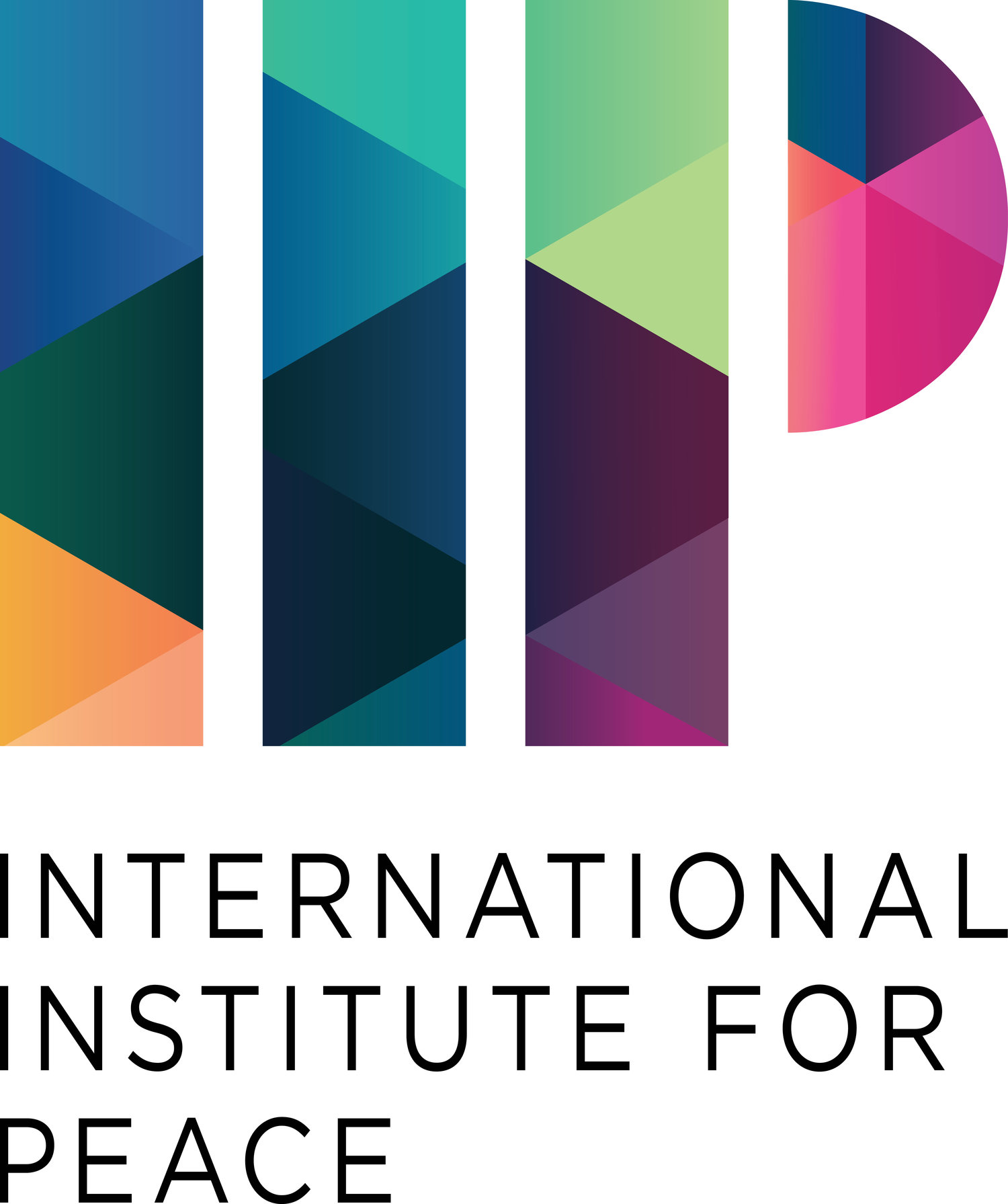The leadership of China’s Communist party — taking into consideration the bitter experience of the past when China endured very difficult political and economic conditions because of wars — strives to maintain peace and stability in order to provide China the opportunity to develop its economy and remain secure. With a considerable experience of self-isolation, China now actively promotes the ideology of globalization. It strives to sign free trade agreements with different states that will provide an opportunity for Chinese products to enter these countries’ markets.
Analyzing the Chinese government’s inclusion of the Five Principles of Peaceful Coexistence in the Belt and Road Initiative (BRI), I can conclude that China is trying to prove to neighboring states with which it has territorial disputes that the development of economic relations between these countries and Beijing will prevail over territorial and ideological disputes and disagreements. By including the Five Principles of Peaceful Coexistence in the BRI, China seeks to assure the international community that its rise will not threaten global security, will not follow the path of the Soviet Union, and will not try to export its specific version of Communism with Chinese characteristics. It is worth mentioning that China tries to use economic investment and mutually beneficial trade ties to improve its relations with states with which it has territorial disputes or tense political relations. Resultantly, China aims to foster interdependence through its dealings with these states, which, in case of future military actions against China, would cause harm to China’s opponents as well. China calls this policy a binding strategy.
Among these countries, one can count India, Japan, Turkey, the Philippines, and others. It can be argued that by implementing the BRI, China is step-by-step strengthening its role on the global level and increasing its influence. The main argument for this hypothesis is evidenced in the two Belt and Road Forums for International Cooperation that took place in May 2017 and April 2019, during which Beijing situated itself as the main stage for international relations, as heads of many states and international organizations were present. China is striving both to build a security belt in its surrounding territories and, by maintaining the rapid pace of its economic development, to spread its influence.
Some researchers have tried to label the BRI as a new "Marshall Plan" from China, through which it attempts to win military, political, and economic advantages across the world. From my point of view, the BRI is not entirely a copy of the "Marshall Plan," since it is not a result of an ideological stand-off between two opposite poles — as was the case between the USSR and US. However, I also do not agree with the opinion that the BRI is “not a tool of geopolitics,” as, through this initiative, China strives to spread its influence firstly in Central Asia, South Asia, and Southeast Asia in order to create a stable situation around its own borders, thereby strengthening China’s security. Secondly, if the aforementioned aims relating to the BRI are implemented, China will continue to spread its influence across the Middle East, Eastern Europe, and other places as well. In sum, the implementation of the main aims of the BRI have a significant impact on strengthening Chinese national security and China’s potential to spread influence.
Dr. Mher Sahakyan is Director of the"China-Eurasia" Council For Political and Strategic Research, Armenia; AsiaGlobal Fellow 2020/2021, Asia Global Institute, University of Hong Kong, China; and Advisory Board member of the International Institute for Peace, Vienna, Austria.
Photos courtesy of Mher D. Sahakyan



